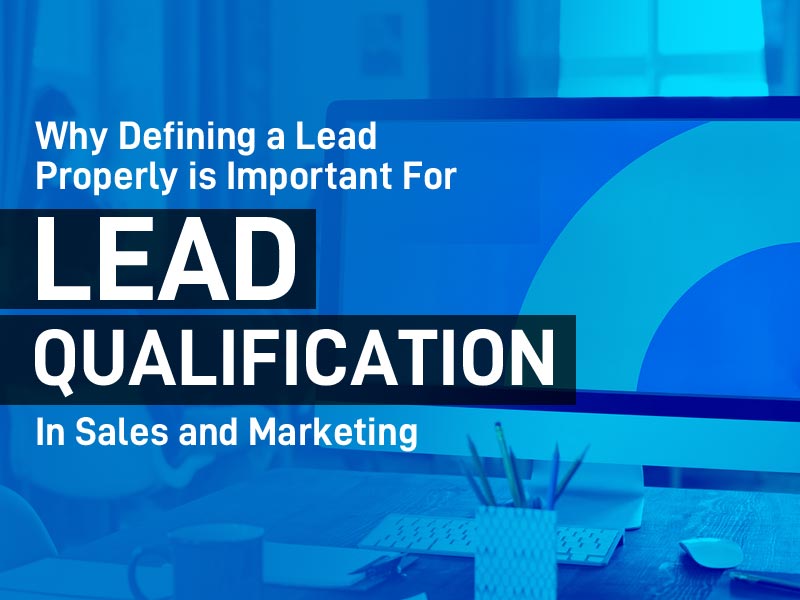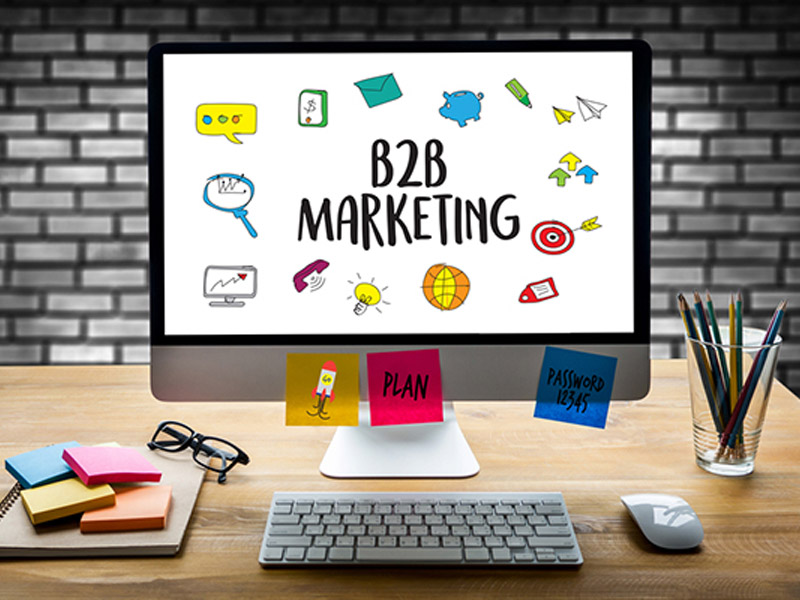All professionals who have worked in B2B organizations have heard of or are very familiar with the term “lead”. It’s one of those words that seem self-evident, which leads to most people assuming that everyone holds the same definition that they hold. Yet marketing and sales teams have disputed what a “lead” really means, and further, what a “qualified” lead really means.
While marketers can work their magic to bring attention and interest to an organization’s products and services, sales reps experience firsthand that quantity does not correlate with quality. In fact, a survey showed that 23% of salespeople want their marketing teams to improve in finding them “better quality leads”. Another showed that 34% of salespeople believe prospecting and lead qualification are their biggest challenges.
Because of diminishing faith in lead quality from the sales reps, many leads are dismissed as low-quality and unpromising without cross-verification. Important processes in lead generation and engagement are neglected: follow-ups are delayed or outright ignored, and questions aren’t addressed in proper time.
Leads that could have been potential customers are now being bucketed into a group that salespeople believe deserve less time and attention, leading to a self-fulfilling prophecy. The worst case scenario is salespeople wasting time giving demos and talking to people who will never buy their product or service to begin with.
In order to prescribe potential remedies, we must diagnose the problems. All these problems stem from a disconnect between sales and marketing teams. Companies with poor sales and marketing alignment suffer gradual annual revenue decline. How can we rectify the aforementioned issues that hurt employee performance?
Starting Anew – Redefining What A Lead Is
Since the marketing and sales team have different goals, it is natural that they will have fundamentally different definitions on what constitutes a qualified lead. We must differentiate between sales qualified leads (SQL) and marketing qualified leads (MQL).
From a marketing perspective, a lead can be defined as someone who can be contacted and kept in touch with. Anything as simple as a phone number, an e-mail, or a social media handle will be good enough. A marketer is interested in keeping their product/service top of mind until the lead is ready to move to a sales conversation. For some organizations, an MQL may have to meet a set of predefined conditions (firmographics, personal information, or specific behavioral indicators)
From a sales perspective, someone who has expressed minimal interest is not necessarily qualified as a lead. There are more productive and effective activities that salespeople could engage in rather than attempting to chase after unqualified leads, like following up with other people who have expressed clear signs of interest or setting up meetings with engaged leads who want to know more about the provided services.
A qualified lead for a sales team would be someone who asks for a demo or gives their information to sign up for a free trial. This indicates that they are interested in moving down the funnel and are more ready to make a buying decision. In order to not waste time and energy, salespeople define qualified leads not solely on intent, but more so on basic qualification and validation of need.
The Compromise Between Sales and Marketing
Ideally, you would like a sales and marketing team that comes together and communicates these differences in order to find a middle ground. Both departments would listen to each other and do their best to acknowledge the needs of the other. While in reality, it is not so simple as theory would suggest, but it’s not to say that synergy is impossible.
In order to have a more unified and streamlined process of lead qualification, sales and marketing teams must find a middle ground. Both teams must come together despite their differences in goals and needs and create an internal definition of what a lead is. Everyone in those two teams must agree what the definition is, and from there both teams can create aligned processes that satisfy respective requirements.
What does it mean when an individual is “sales-ready”? What do we do about people who aren’t considered sales-ready? Should they be ignored, or should there be a way to nurture them into potential customers?
Perhaps the two teams can create processes where even those who are not necessarily “sales-ready” now can be influenced to purchase later down the line. But this presents another challenge – how do the teams keep track of follow-ups and sales meetings without overwhelming the salespeople with repetitive and monotonous tasks?
Automating Your Lead Qualification Process
Here are three ways you can improve your lead qualification through automation:
1. Using Buyer Personas For Leads
After defining what a lead is, your teams should then define different kinds of buyer personas in order to organize them. This will allow you to know what the course of action should be in order to transition them into your ultimate goal – closing the deal and making your leads into customers.
2. Building An Effective Lead Qualification Process
Segmenting your sales leads will be a crucial step in improving your lead qualification process. Leads should only be handed off to a sales rep if they meet the newly defined term’s requirements and take a sales team approved action.
3. Learn To Measure Success and Progression Often
While it may be tempting to build a lead qualification process and behave as if it is set in stone, it is imperative that the team is vigilant in updating it and optimizing steps whenever they are necessary. Tracking marketing KPIs, asking relevant win loss analysis questions, and evaluating sales analytics data will help you find opportunities to improve your process and get better at identifying qualified leads.
Ultimately, redefining what “qualified leads” and getting the marketing and sales teams aligned with the same goals won’t resolve all of a firm’s challenges. But addressing this misalignment may allow the company to take a step in the right direction.







